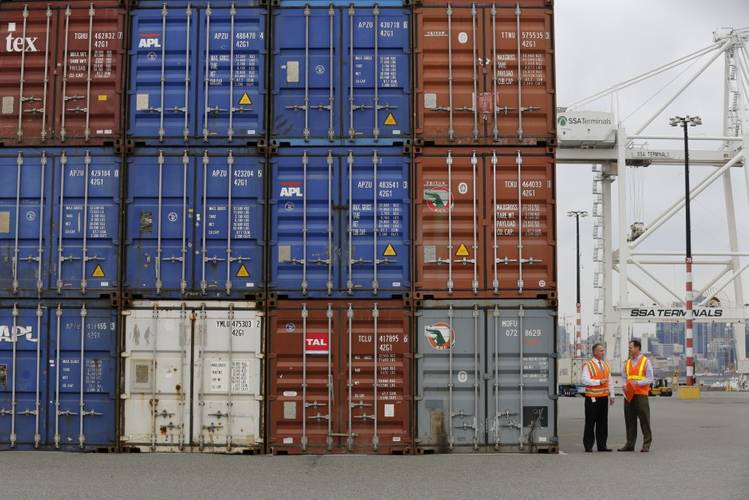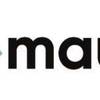Import cargo volume at the United States’ major retail container ports has begun its annual climb toward summer levels but is expected to be largely flat when compared with last year’s record high numbers, according to the monthly Global Port Tracker report released today by the National Retail Federation and Hackett Associates.
“Last year was a roller coaster but this year we’re expecting a nice, steady climb right through the summer,” NRF Vice President for Supply Chain and Customs Policy Jonathan Gold said. “We’re finally getting back to normal patterns as cargo builds up toward the back-to-school season and eventually the holiday season. Despite the year-over-year comparisons, these are still strong numbers.”
Ports covered by Global Port Tracker handled 1.54 million Twenty-Foot Equivalent Units in February, the latest month for which after-the-fact numbers are available. That was up 3.7 percent from January and a dramatic 28.9 percent from unusually low figures in February 2015, when a new contract with dockworkers ended a near-shutdown at West Coast ports. One TEU is one 20-foot-long cargo container or its equivalent.
March was estimated at 1.35 million TEU, down 22.1 percent from the flood of traffic seen last year as the new contract released a backlog of cargo. April is forecast at 1.5 million TEU, down 0.8 percent from last year; May at 1.58 million TEU, down 2.1 percent; June at 1.56 million TEU, down 0.6 percent; July at 1.61 million TEU, down 0.5 percent, and August also at 1.61 million TEU, down 3.9 percent.
The first half of 2016 is expected to total 9 million TEU, up 1.8 percent from the same period in 2015. Total volume for 2015 was 18.2 million TEU, up 5.4 percent from 2014.
Despite high retail inventory levels and other mixed economic indicators, Hackett Associates Founder Ben Hackett noted that overall retail sales were up 0.2 percent in February over January and 0.6 percent when gasoline, automobiles and restaurants are excluded.
“That was not spectacular but still up, suggesting that there is still some steam left in U.S. consumers,” Hackett said. “They are shrugging off the gloomy global outlook.”














